
Russian President Vladimir Putin has authorised a military operation in Ukraine.
The imminent invasion follows months of Moscow massing troops near Ukraine.
Despite Western states repeatedly expressing fears of just such an outcome, Russia had continued to deny any such plans.
The Kremlin had demanded guarantees from the West that NATO would not accept Ukraine and other former Soviet nations as members, halt weapon deployments there and roll back its forces from Eastern Europe — demands the US and NATO rejected as nonstarters.
What do I need to know about Ukraine?
Located in eastern Europe with Russia to the north-east and the Black Sea to the south, Ukraine is the second biggest country in terms of land area in Europe after Russia and the eighth biggest in terms of population with more than 41 million people.
A former Soviet state, it gained independence in 1991 following the collapse of the USSR but struggled economically and has continued to endure endemic corruption and authoritarianism.
It remained politically close to Russia but in 2014, following the ouster of pro-Russian president Viktor Yanukovych, Russia annexed the strategically valuable Crimea peninsula.
Separately, Russian-backed groups in the Donetsk and Luhansk regions on Russia’s border seized government buildings, police and special police stations in several cities and held unrecognised status referendums.
It was Donetsk that Malaysian Airlines flight MH17 was flying over when it was shot down a few months later in July. All 15 crew and 283 passengers, including 38 Australian citizens and residents, were killed. The Dutch Safety Board concluded the flight was shot down by a Russian-made BUK missile.
The fighting between the Russia-backed rebels and Ukrainian forces there has simmered ever since, leaving more than 14,000 dead and remaining a flash-point for Ukrainian-Russian conflict
Why is Russia invading Ukraine?
Russian President Vladimir Putin has consistently maintained that Russia had no intention of invading Ukraine, so his motivations remain unclear.
Possible rationales include preventing Ukraine from joining NATO, a personal quest to reunite Soviet countries and regain the USSR’s former glory, to increase Mr Putin’s domestic influence or to provide guaranteed access to fresh water for the Crimea peninsula.
Alexey Muraviev, an associate professor of National Security and Strategic Studies at Curtin University, told the ABC Mr Putin wanted to use Ukraine as a “neutral buffer zone” against NATO.
“Ukraine has just become an area of proxy conflict between Russia and the United States,” he said.
How did we get here?
Russia’s build-up of forces near Ukraine began nearly a year ago, in March and April last year, when more than 80,000 troops moved into the region.
Some were removed in June last year, but Russian forces began to amass in even greater numbers towards the end of the year with some estimates since then putting the total well above 130,000.
In December, Moscow issued a series of demands including that Ukraine never be granted NATO membership and that the alliance be rolled back from eastern Europe, accompanied by vague threats of a military response.
The US and NATO formally rejected the demands in writing in January.
In response, Mr Putin said the US and its allies had ignored Russia’s top security demands but Moscow remained open to more talks.
Talks have been continuing in earnest with meetings, both in person and via phone and videolink, between leaders including Mr Putin, Mr Biden, French President Emmanuel Macron, German Chancellor Olaf Scholz and Ukrainian President Volodymyr Zelenskyy.
All the while, Mr Zelenskyy, has tried to play down the threat.
How big is Ukraine’s army?
According to a report by the US Congressional Research Service in Washington, Ukraine’s army has about 150,000 troops — up from about 6,000 in 2014.
“The army is the largest component of Ukraine’s military and includes mechanised, armoured, missile and artillery, army aviation, and air defence units,” the report says.
Ukraine lost nearly two-thirds of its navy when Russia annexed Crimea, and has since embarked on a “mosquito fleet” strategy, and a significant part of its air force.
“Russia captured or shot down multiple fighters, fighter-bombers, helicopters, and transport aircraft during the conflict,” the report says.
“These losses weakened the air force, which previously had suffered from years of neglect and underfunding. Most of Ukraine’s planes and air defence systems are over 30 years old.”
The report says Ukraine also has a small but elite air assault force, a volunteer reserve force which is growing to about 130,000 members and about 400,000 veterans who have combat experience in the separatist regions.
In the past few months, the US and NATO members have been providing millions of dollars worth of military equipment to Ukraine including anti-tank missiles, anti-armour artillery, anti-aircraft missiles, heavy machine guns, small arms and ammunition, secure radio systems, medical equipment and more
The Biden administration has made it clear the US would continue to support a Ukrainian insurgency following any invasion.
What happens now?
Because Ukraine is not a member of NATO, Ukraine is expected to be on its own in terms of fighting forces. The US and NATO have all made clear they will not get involved in fighting on the ground.
“There is not going to be any American forces moving into Ukraine,” Mr Biden told reporters in January.
Asked by the BBC if there was any scenario in which British troops would be deployed to Ukraine, UK Foreign Minister Liz Truss said: “That is very unlikely. This is about making sure that the Ukrainian forces have all the support we can give them.”
Still, Mr Biden has said that if Russian invades the US and its allies would impose the “most severe sanctions that have ever been imposed” including cancelling of the Nord Stream 2 gas pipeline project and personal sanctions on Mr Putin and his inner circle.
However, former Ukrainian Minister of Defense Andriy Zagorodnyuk last month wrote that Russian forces would face a combined Ukrainian military of around 500,000 personnel, including reserves.
“Russian occupation forces will face highly motivated opponents fighting in familiar surroundings,” he said.
“By combining serving military units with combat veterans, reservists, territorial defence units, and large numbers of volunteers, Ukraine can create tens of thousands of small and highly mobile groups capable of attacking Russian forces.
“This will make it virtually impossible for the Kremlin to establish any kind of administration over occupied areas or secure its lines of supply.
“The readiness of Ukrainians to defend their country should not be any doubt.”


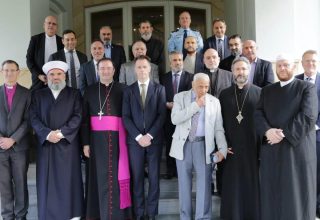


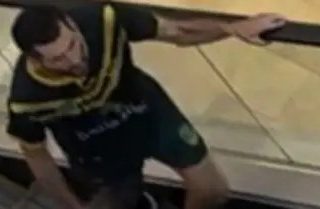


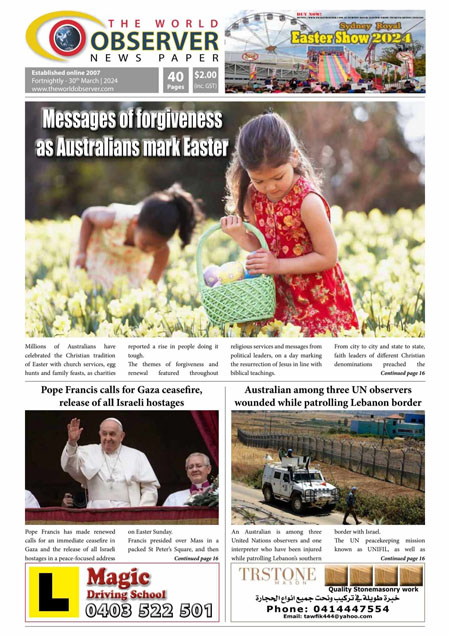
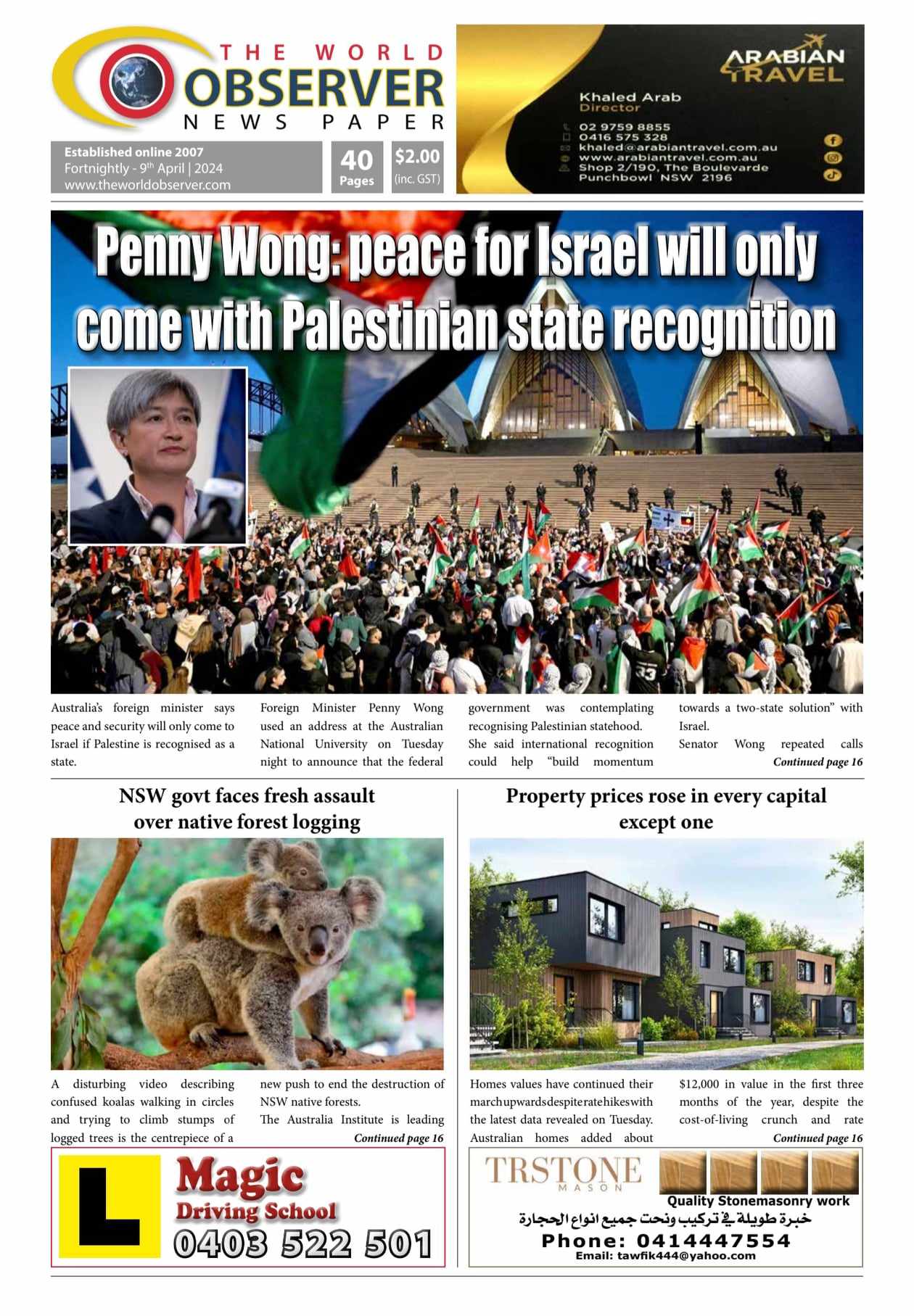

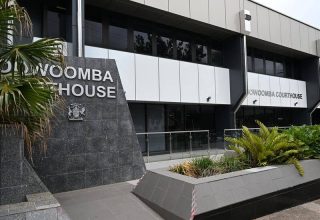





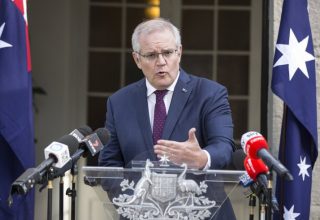
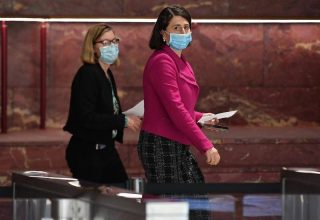










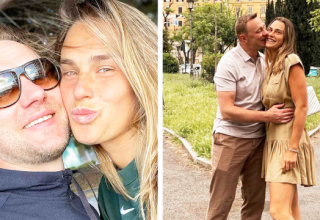



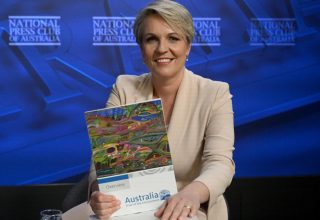
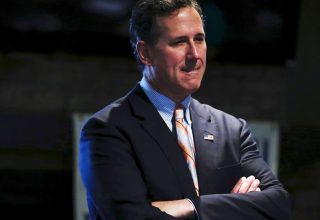
 The World Observer Media produces a daily online newspaper, a daily Arabic online newspaper and a monthly printed Arabic/English magazine and a weekly printed Arabic/English newspaper.
The World Observer Media’s mission is to entertain and educate all generation from the Ethnic Communities in Australia, who are interested in local, national and foreign information.
The World Observer Media produces a daily online newspaper, a daily Arabic online newspaper and a monthly printed Arabic/English magazine and a weekly printed Arabic/English newspaper.
The World Observer Media’s mission is to entertain and educate all generation from the Ethnic Communities in Australia, who are interested in local, national and foreign information. 
